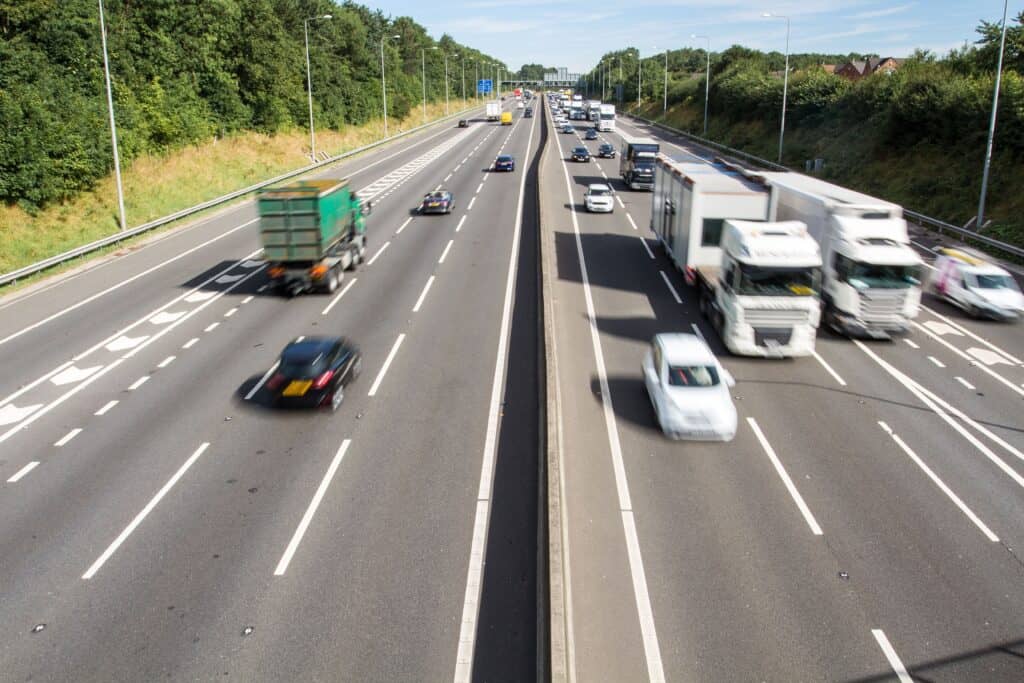
Drivers urged to use ‘two-second rule’ after safety concerns
Drivers are being urged to use the ‘two-second rule’ when driving in a new campaign by National Highways.
There are concerns over safety on the road with some drivers not following basic safety rules, and tailgating has been highlighted as a problem.
The good news is that 80% of people surveyed by National Highways said they are aware of the two-second rule, with 3 in 4 also saying they haven’t driven too close to the vehicle in front within the last 3 months.
However, footage captured during a trial of tailgating cameras on the M1 captured more than 60,000 incidents of vehicles tailgating in the last 12 months.
What’s being done about tailgating?
Driving too close to the vehicle in front presents significant safety issues because it leaves less time for drivers to react to braking, traffic flow, and incidents on the road.
National Highways decided to launch a campaign to get to grips with the issue of tailgating, which includes research, advertising, and awareness.
A report found that tailgating is a factor in 1 in 8 crashes on motorways and A-roads in England, and the camera trial has indicated that the issue is widespread on the roads.
The reality is that many drivers might simply be unaware that they’re driving too close to the car in front, but if every driver encroached into the driver in front’s space, the reaction time would be significantly reduced, and the likelihood of accidents increases.
The closer you get, the less time you have to react.
The two-second rule comes from the Highway Code, where drivers are instructed to leave a minimum of a two-second gap between themselves and the vehicle in the front.
The gap should increase as speeds increase because stopping distances increase the faster you go – for example, at 70mph, you should leave a gap of 3.1 seconds to ensure you’re staying safe and staying back.
Conditions also play their part, with drivers being urged to be sensible when driving in wet or icy conditions – in fact, the advice is to double the gap in adverse weather.
How Much Of An Issue Is Tailgating?
National Highways research on the M1 was conducted in partnership with Northamptonshire Police, with cameras used on the inside lane to automatically detect vehicles that are driving too close.
In the 12-month trial, the cameras detected 60,343 issues, with 10,994 repeat offenders, and as a consequence, 2,144 letters were sent to drivers to warn them and highlight the dangers of tailgating.
Because it’s still in the trial phase, drivers caught were not prosecuted but were instead issues with educational material.
The idea is to use the results of the trial to inform the campaign to prevent driving too close, with the maximum punishment for doing so currently being a £100 fine and 3 penalty points – although it can carry more serious penalties if the case is more severe.
Have you witnessed tailgating on the roads? How much of an issue do you think it is? Let us know in the comments below.

